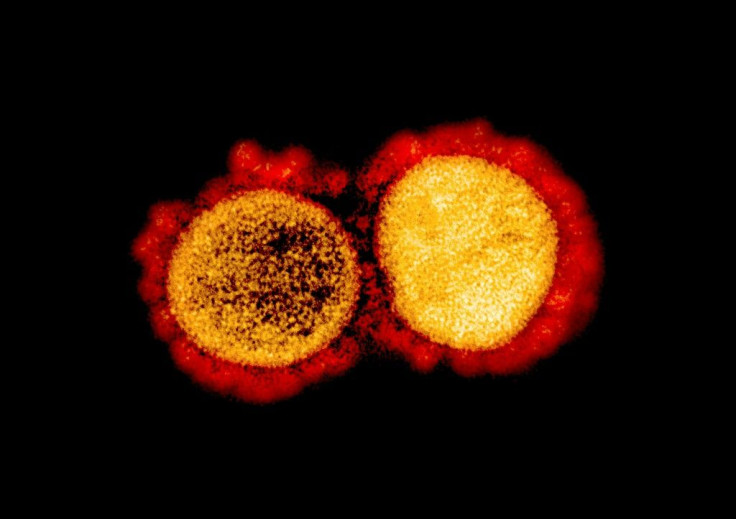US Coronavirus Deaths Nears 200,000 But Fatality Rate Is Slowing Down
KEY POINTS
- Deaths in the U.S. due to COVID-19 have been falling on a weekly and daily basis
- Daily deaths, however, will likely increase with the onset colder weather
- Dr. Anthony Fauci said the U.S. will find itself in a “more precarious situation” in the fall and winter seasons
The U.S. will record its 200,000th fatality from COVID-19 within the week, a horrific number mitigated somewhat by the knowledge the death toll is apparently either on the decline or is leveling-off.
The U.S. currently has anywhere from 194,000 to 198,000 deaths based on various sources. The U.S. Centers for Disease Control and Prevention (CDC) places the number of fatalities at 193,705 as of Monday. Worldometers estimates U.S. deaths at 198,900.
CDC also lists 6.5 million confirmed coronavirus cases since the pandemic began in January. The U.S. now accounts for about a fifth of total world cases and deaths.
Encouraging news is the number of deaths has stopped its sharp rise. The 11,015 deaths from Aug. 30 to Sept. 13 were 17% fewer compared to the previous two weeks' total of 13,244, according to data compiled by NBC News.
“It may be a statistical blip, it may be because the treatment is getting better, or it may be because the patients have been getting younger,” said Dr. Sadiya Khan, an epidemiologist at the Northwestern University Feinberg School of Medicine.
This observation seems to be borne out data on the daily death toll compiled by Google based on various sources such as the CDC and Johns Hopkins University. This data shows the sharp spike in deaths since Labor Day on Sept. 7 was followed by an equally sharp drop in fatalities.
It shows the 224 deaths on Labor Day surging to a high of 1,134 on Thursday. This peak number fell to 1,004 on Friday; to 808 on Saturday; and to just 383 on Sunday. The sharp decline might indicate a statistical blip, officials cautioned.
Many of the new infections and hospitalizations are among younger Americans. Dr. Khan said some 20% of cases in intensive care units (ICUs) are people between the ages of 18 and 34 whose chances of survival are better than those of the elderly.
This run of good news might not last past the summer, however, as the oncoming fall and winter seasons theatens to unleash the "twindemic" of a simultaneous COVID-19 pandemic and seasonal flu epidemic on the U.S.
Public health experts warn this "double whammy" will complicate diagnoses of both respiratory diseases and impose a huge double burden on the already strained U.S. healthcare system.
Dr. Anthony Fauci, Director of the National Institute of Allergy and Infectious Diseases (NIAID), said the U.S. will find itself in a “more precarious situation” in the fall and winter due to the dual threat. The U.S. continuing along its present path will place it at “a disadvantage right from the very beginning,” said Fauci.
He and other top health officials have kept warning that COVID-19 cases must continue to drop as the country approaches colder weather. Earlier this month, Fauci said daily new cases remain “unacceptably high” this close to fall.

© Copyright IBTimes 2025. All rights reserved.





















